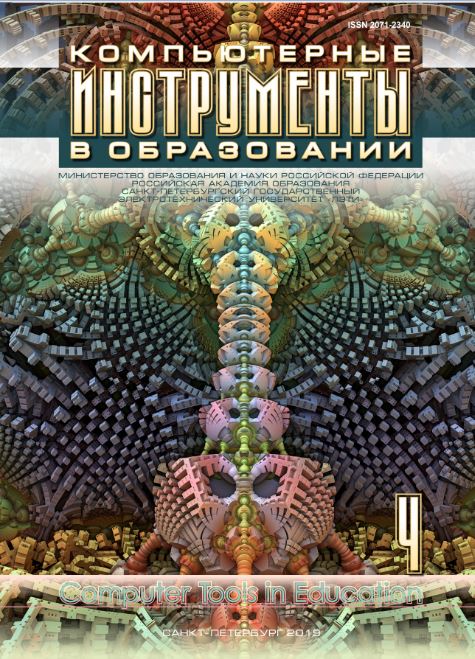О символьном интегрировании в курсе математического анализа
Аннотация
В статье рассмотрены трудности, возникающие при изложении темы «Неопределенный интеграл» в курсе математического анализа, которая, как известно, содержит очень много задач и очень мало теории.
Мы полагаем, что вся эта тема относится к разделу компьютерной алгебры, относящемуся к интегрированию в элементарных функциях. Наивные методы интегрирования, которые только и рассматриваются на первом курсе, были тщательно изучены Слеглем и Мозесем в 1960-х годах, когда создавался первый символьный интегратор на ЭВМ. В настоящей статье отчеты Слегля и Мозеса, доступные на сайте Массачусетского технологического института, представлены как ценнейший источник дополнительного материала, инкорпорация которого в курс анализа не требует каких-либо существенных перемен в содержании самого курса.
В конце статьи обсуждено место наивных методов символьного интегрирования в современной компьютерной алгебре и в курсе современного анализа.
Литература
W. A. Stein et al., Sage Mathematics Software (Version 7.3), The Sage Development Team, 2016. [Online]. http://www.sagemath.org (дата обращения: 07.12.2019).
V. A. Ilyin and Je. G. Poznjak, Osnovy matematicheskogo analiza [Fundamentals of Mathematical Analysis], Ch. 1, 7th ed., Moscow: Fizmatlit, 2005 (in Russian).
V. F. Butuzov et al., Matematicheskij analiz v voprosah i zadachah [Mathematical analysis in questions and tasks], 4th ed., Mocscow: Fizmatlit, 2001 (in Russian).
M. Bronstein, Symbolic Integration I. Transcendental Functions, Springer, 2005.
D. A. Pavlov, “Simvol’noe integrirovanie” [Symbolic Integration], Computer tools in education, no. 2, pp. 38–43, 2010 (in Russian).
J. R. Slagle, A heuristic program that solves symbolic integration problems in freshman calculus, symbolic automatic integrator SAINT, Massachusetts Institute of Technology, 1961.
J. Moses, Symbolic integration, Massachusetts Institute of Technology, 1967.
J. Moses, “Symbolic Integration: The Stormy Decade,” in Proc. of the 2nd ACM symposium on Symbolic and algebraic manipulation, Los Angeles, CA, March 23–25 1971, pp. 427–440; doi: 10.1145/800204.806313
T. Tarnavskij, “Pishem svoj diff()” [Writing your diff()], Linux Format, vol. 86, no. 12, pp. 96–99, 2006.
G. A. Osborne, An elimentary treatise on the differential and integral calculus, with examples and applications D. C. Heath & co., 1903.
G. Strang, Calculus Online Textbook, MIT, 2005, [Online], Available: https://ocw.mit.edu/resources/res-18-001-calculus-online-textbook-spring-2005 (дата обращения: 07.12.2019).
Материал публикуется под лицензией:








